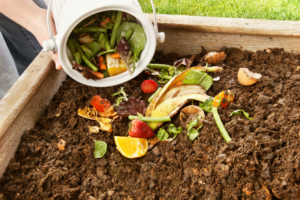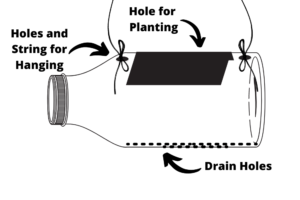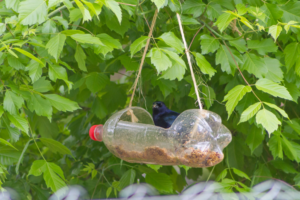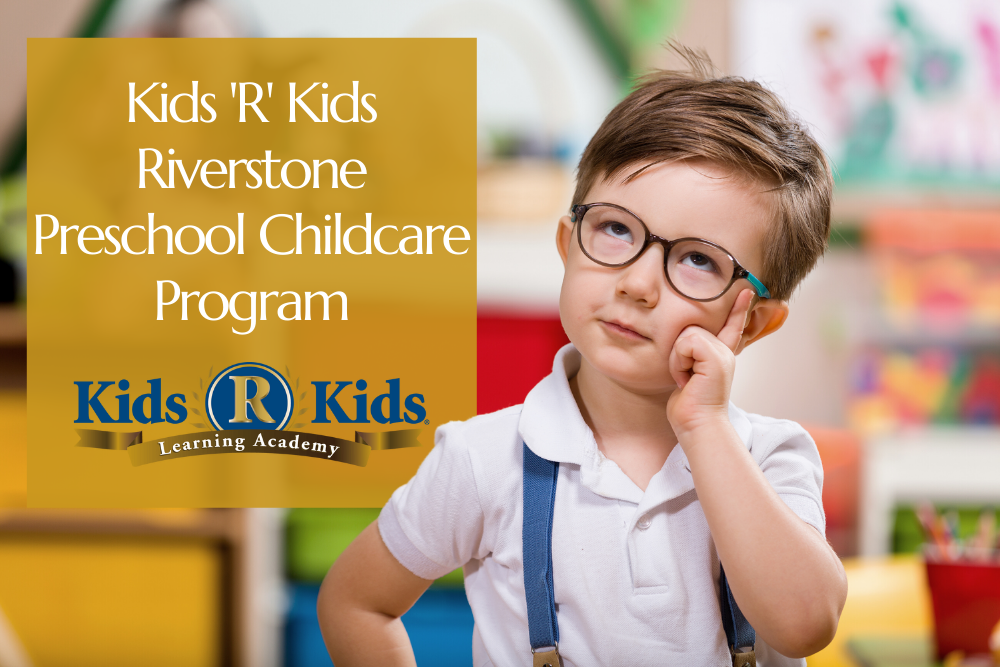We are enrolling! Join us in nurturing young minds, fostering creativity, and creating a brighter future. We're excited to introduce your child to a world of possibilities! Contact us today for details.
Teaching preschoolers about Earth Day is not only important for the well-being of the earth, but it’s also a lot of rewarding fun! Preschool is a great age for a child to begin learning about how their actions absolutely impact the environment. It’s also a great time for them to understand that it’s not a matter of “if” their actions affect the planet, but “how” their actions affect the planet. The better we treat the planet, the better the results of our actions!
Give Your Preschooler a Brief, Age-Appropriate Lesson on How Earth Day Started
Understanding why this global holiday began will greatly impact the seriousness with which a child will handle it. If a child knew that the holiday started from a desperate cry for environmentalism and clean-up, then he might take it a bit more wholeheartedly.
Earth Day started after a giant oil spill in Santa Barbara, California in 1969. Because of the environmental hazards that occurred as a result of the oil spill, a California senator at the time called for the creation of environmental clean-up and awareness in the form of Earth Day. One year later, over 20 million people around the world participated in the new holiday in hopes to improve the damage to the earth! Their new mission was to teach and learn more about air and water pollution, endangered animals, and the importance of recycling.
Clean a Park
While adopting a roadside or highway may be more appropriate for adults, picking a local park to clean with your preschooler is the perfect place to start learning about Earth Day! Undoubtedly, there will be plenty of trash to pick up, and this process is a great opportunity to begin discussing how trash negatively affects our planet.
As you and your preschooler pick up trash, explain to her how easy it is to throw trash on the ground, but how long and difficult it is for the planet to decompose that trash. Not only can the planet not decompose the trash, but animals and birds may eat it, thinking that it’s food, and suffer for it. Additionally, animals may think that the trash is easily passed over, when the trash may just trap them.
Visit a Recycling Center
In order to broaden your preschooler’s understanding of where trash is supposed to go (instead of on the ground), take your kid to your local recycling center to see how trash is collected, sorted, and then properly handled. Some materials may be recycled right there on the spot to make paper or other industrial materials, while others may be shipped off to other facilities to begin the process of turning them into something else.
Build a Compost Pile with Your Preschooler
Another place to learn about how some materials that we consider to be trash are decomposed back into the earth is in your very own backyard! Help build a compost pile or bin with your preschooler to show him exactly how the decomposition process works.
Materials Needed:
Plastic Storage Bin with Lid
Drill with a Large Drill Bit
Leaves
Sticks
Food Leftovers
Shovel
With your drill, drill a lot of holes into all sides of the storage bin and lids. Make sure that there are plenty of holes in the bottom, especially for the earthworms. Place the compost bin on the edge of your yard, away from the house, directly on the ground. It must be on the ground because earthworms will be drawn to the scraps, crawl in through the holes, and heavily assist in the decomposition process. Fill your new compost bin up with scraps from the kitchen like fruits and vegetables, coffee grounds or old toilet paper rolls, and cover with leaves and sticks. You will need to turn the contents of the bin at least once a week to ensure that air flows through. Always cover new food up with leaves and sticks to prevent stinky decay.
As the scraps decompose, the contents of the bin will turn into a luscious, dark brown soil-like material that is jam-packed with nutrients!
Remember, do not put meat or dyed material into the compost bin.
Upcycle Plastic by Making Planters
Materials Needed:
Plastic Bottle
Scissors
String
Dirt
Seeds or Flowers
For the craft-loving preschooler, using an old plastic bottle to make planters should be a fun activity! In order to do this, take a plastic bottle of any kind (soda, water, juice, etc.) and clean it out very, very well. Turn the bottle on its side so that you can poke drain holes on one side of the bottom while you cut out a square big enough to fill the planter with dirt on the other side. Poke holes on either side of the large cut-out on the stop and tie the string through each hole for the hanging portion of the project.

Fill the planter with dirt and your seed or flower of choice, hang it outside in a sunny location, and watch upcycling at its finest!
For indoor options, simply skip the step to poke holes in the bottom of the bottle. If you choose to have the planter hanging in a window or other sunny location, do not drain holes in the bottom.

Alternative Use:
Instead of using dirt and flowers, hang it from a tree with birdseed and watch the birds enjoy!
KIDS ‘R’ KIDS RIVERSTONE PRESCHOOL PROGRAM

Are you interested in learning more about how Kids ‘R’ Kids Academy of Riverstone can teach your preschooler? Our Preschool Childcare Program is fully accredited and always ready to match your toddler’s energy and curiosity with wonderful teaching lessons.
We teach your preschooler to be prepared for kindergarten and beyond!
Want to learn more about Kids ‘R’ Kids Learning Academy of Riverstone? Our mission is to provide secure, nurturing, and educational environments for children ages 6 weeks – 12 years. We help children to bloom into responsible, considerate, and contributing members of society. For more information, give us a call or stop by for a tour! We’d love to get to know you and your family.